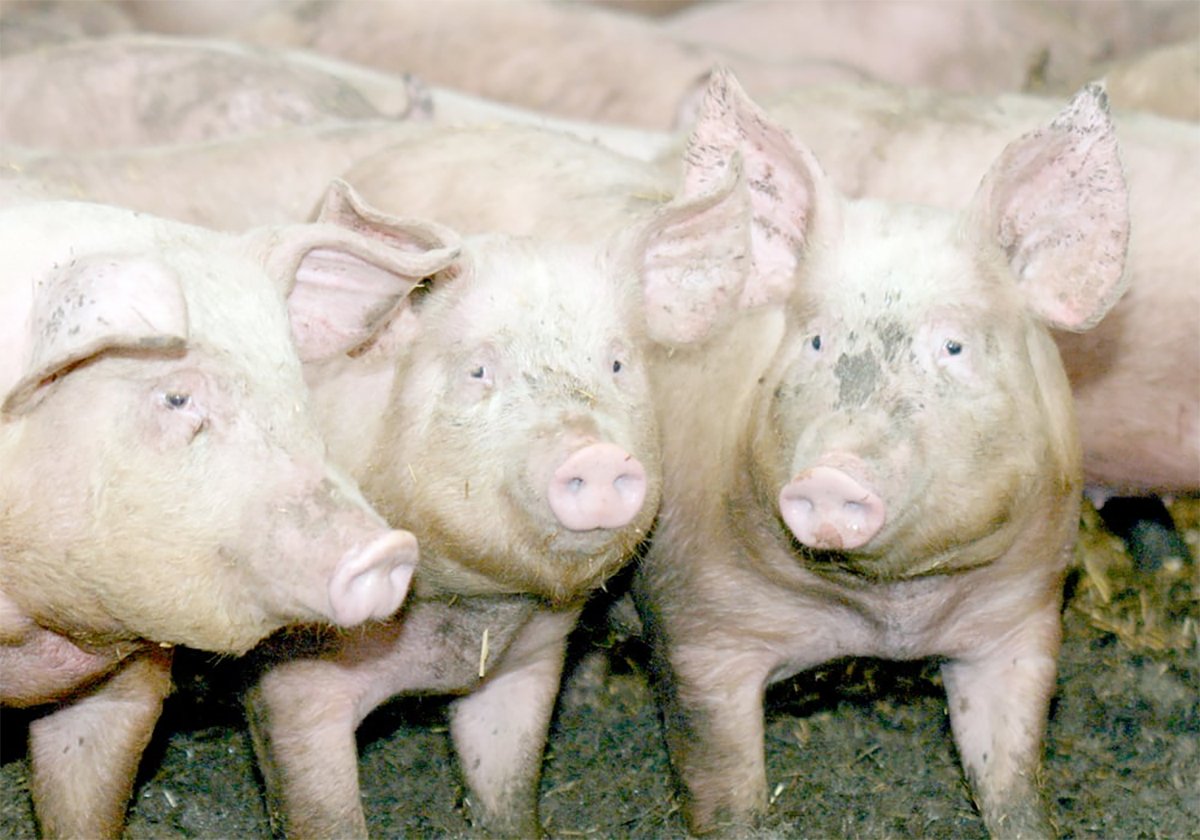It may seem early to think about pinkeye, but prevention is one of the keys to reduce the incidence of this costly disease, experts say.
“Most herds don’t have significant problems with pinkeye, but when they do, it’s usually pretty bad,” said Steven Hendrick, an assistant professor in the field services division of the Western College of Veterinary Medicine in Saskatoon.
“It does cost a significant amount of money in treatment and time, especially if you have to bring the cattle in from pasture.”
As the weather warms, cattle are exposed to more intense sunlight that can damage the cornea of the eye. Once the cornea is damaged, bacteria can cause infection, leading to pinkeye.
Read Also

The Western Producer Livestock Report – November 13, 2025
Western Producer Livestock Report for November 13, 2025. See U.S. & Canadian hog prices, Canadian bison & lamb market data and sales insights.
Hendrick said pinkeye bacteria are likely present in most cattle, but if an animal’s immune system is compromised, it is susceptible to the infection, which can quickly spread throughout a herd.
“It’s pretty easy to get around once it’s there,” he said.
Pinkeye is mainly seen in mid to late summer as the number of flies and the amount of dust in a pasture increase. One of the best ways to minimize the infection is to try and reduce trauma to the eye.
“Fly control helps control the spread of the disease,” Hendrick said.
White-faced animals are more susceptible to infection than animals with darker hides.
Tearing and swollen eyes are the initial stages of pinkeye. The animal may also keep its eye shut because it is painful and sensitive to light. Left untreated, pinkeye might develop into a corneal ulcer, which is a whitening of the eye in the centre.
The easiest and most effective treatment is a long acting antibiotic like oxytetracycline, in combination with some form of fly control.














